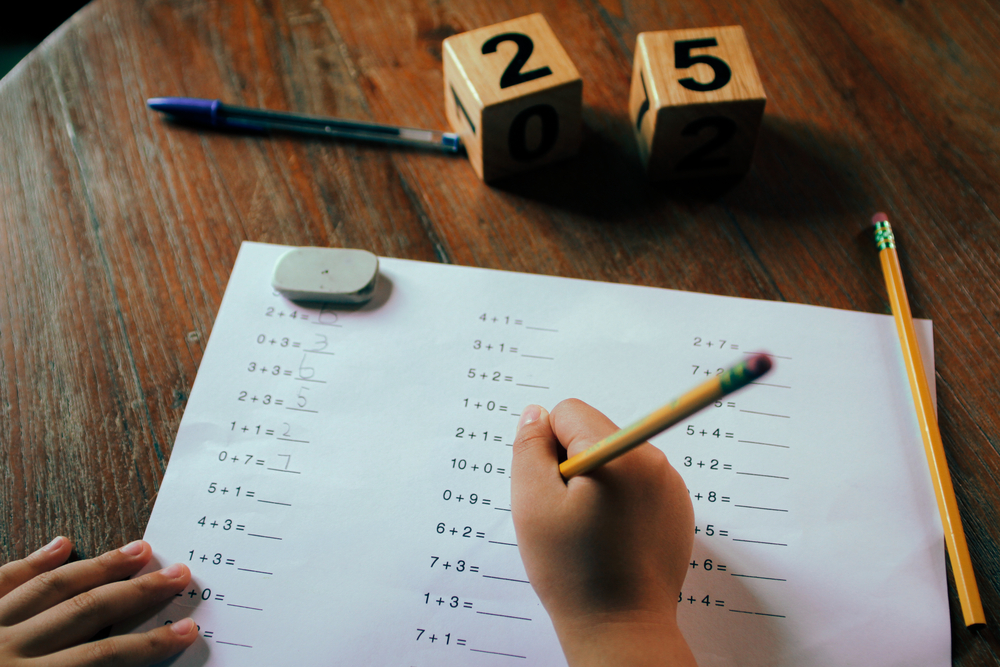Improving categorization skills Worksheets for Ages 4-6
3 filtered results
-
From - To
Enhance your child's learning experience with our "Improving Categorization Skills Worksheets" designed specifically for ages 4-6. These engaging, interactive worksheets help young learners develop critical thinking and organization skills by identifying and grouping similar items. Through fun activities such as sorting objects, matching pictures, and color-coding categories, children will become proficient at recognizing patterns and making connections. Our carefully crafted resources align with early childhood education standards, ensuring a enjoyable and effective learning process. Ideal for home or classroom use, these worksheets provide a perfect opportunity for parents and teachers to foster categorization skills while making learning enjoyable and engaging.
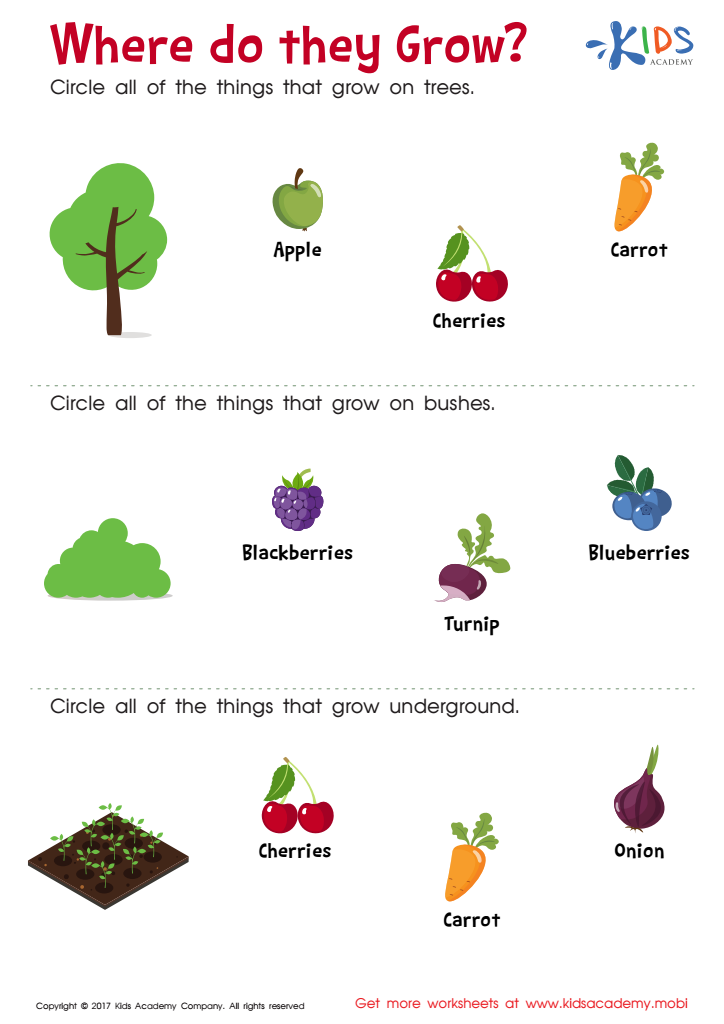

Where Do They Grow Worksheet


Producer or Consumer? Worksheet
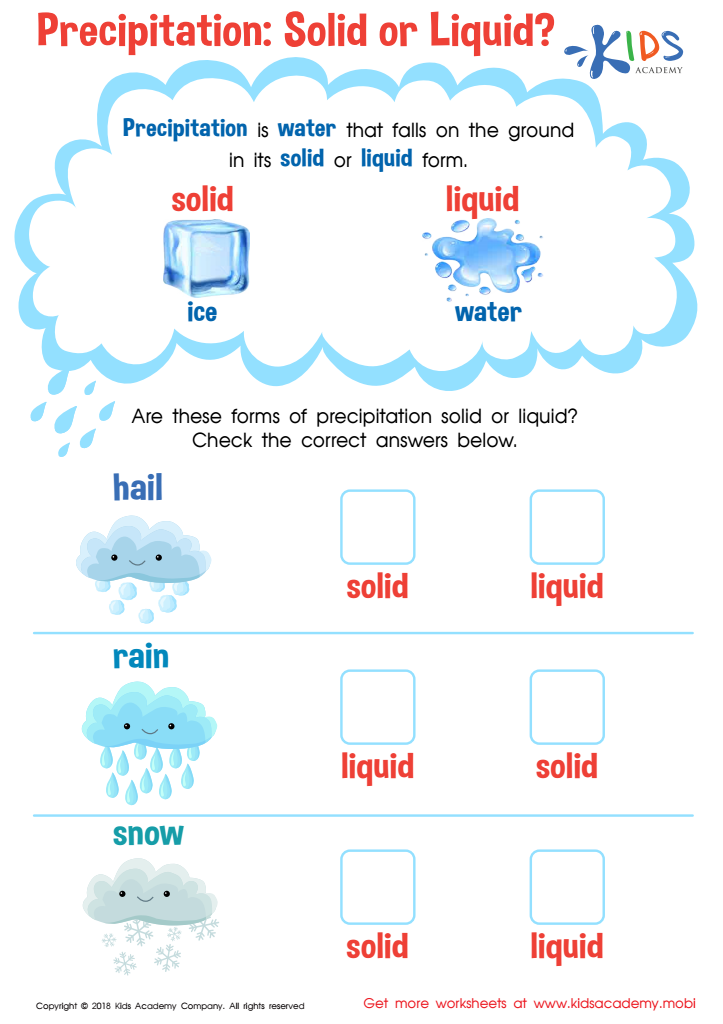

Precipitation: Solid or Liquid? Worksheet
Improving categorization skills in ages 4-6 is crucial for early childhood development. At this age, children are naturally curious and eager to make sense of the world around them. Categorization helps them organize information, which is foundational for critical thinking and problem-solving skills. By learning to group objects based on shared attributes, children enhance their ability to notice similarities and differences, paving the way for effective learning in subjects like math and reading later on.
Parents and teachers play a vital role in fostering these skills. Providing opportunities for categorization through play—such as sorting toys, matching games, or organizing objects by color, shape, or size—makes learning engaging and fun. Additionally, these activities promote language development, as children learn to describe their categorization choices and communicate their thoughts.
Furthermore, strong categorization skills correlate with better academic performance and social interactions. Children who can categorize effectively can navigate social situations with greater ease, understanding the dynamics of group play and friendships. Investing time in enhancing these skills early on creates a solid educational foundation and boosts children’s confidence as learners and friends. Ultimately, improving categorization skills equips young children with essential tools for lifelong learning and development.
 Assign to My Students
Assign to My Students




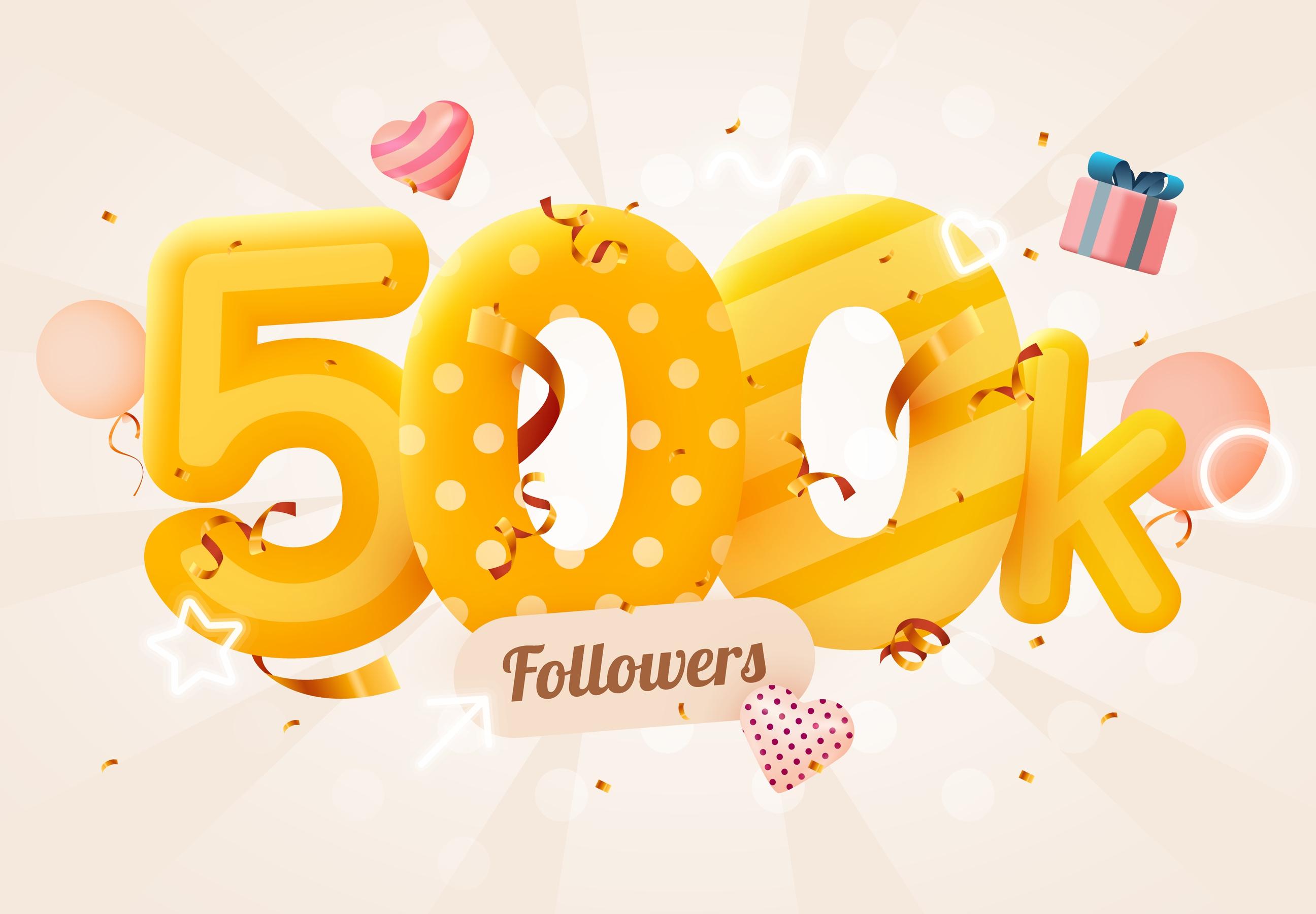
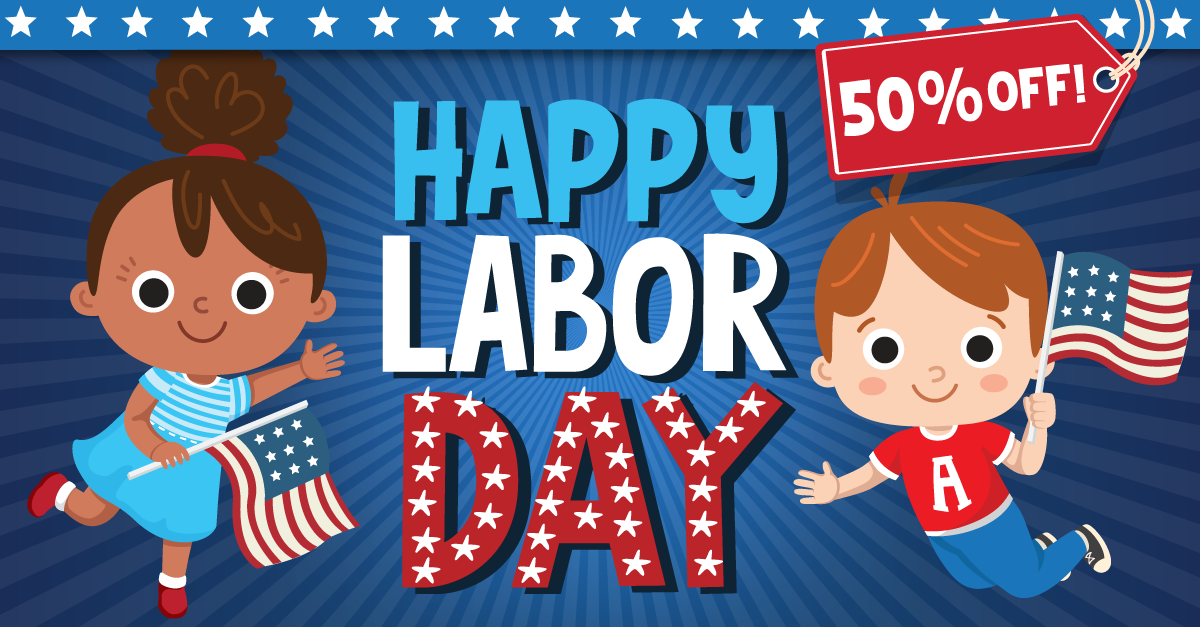

.jpg)

